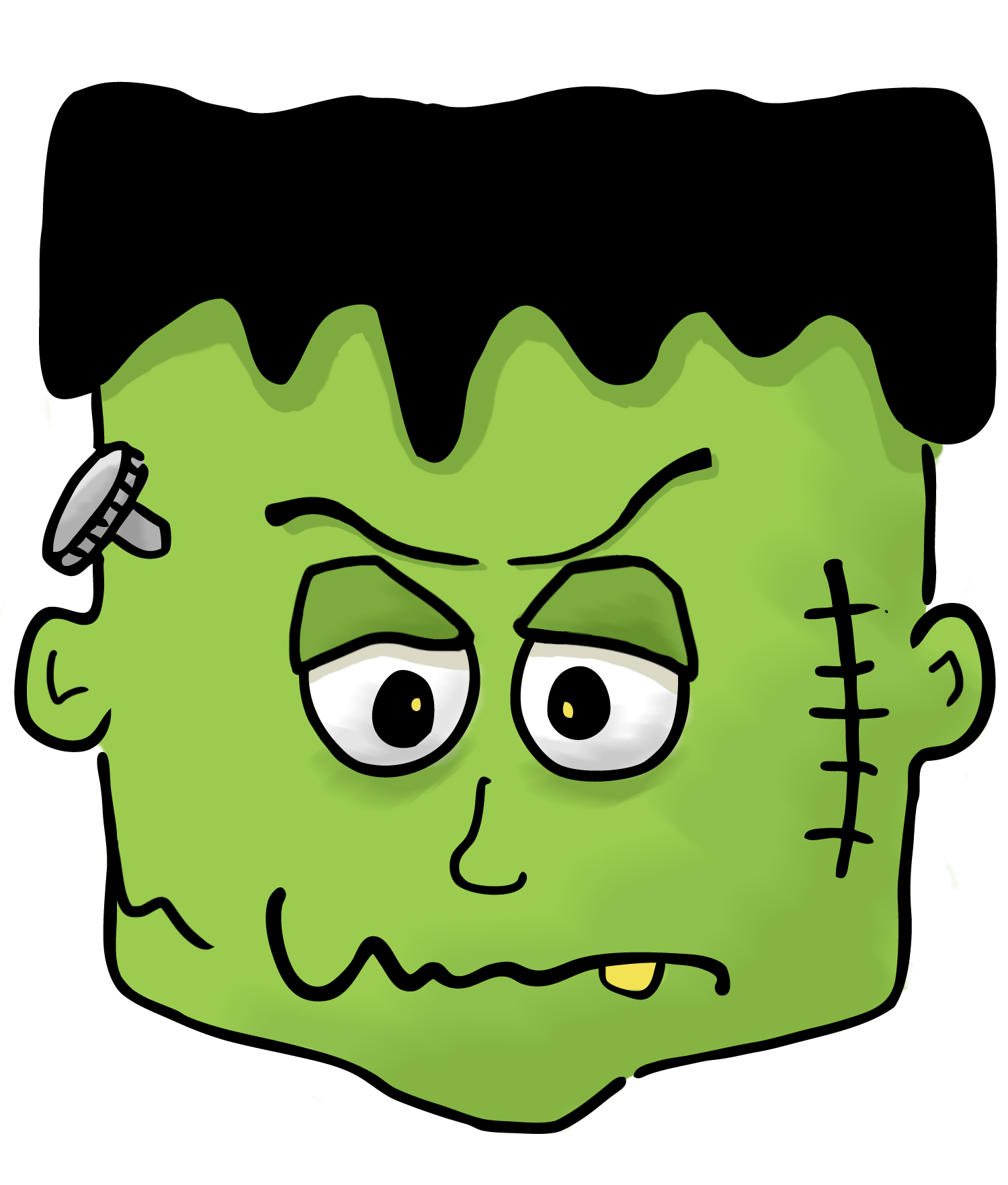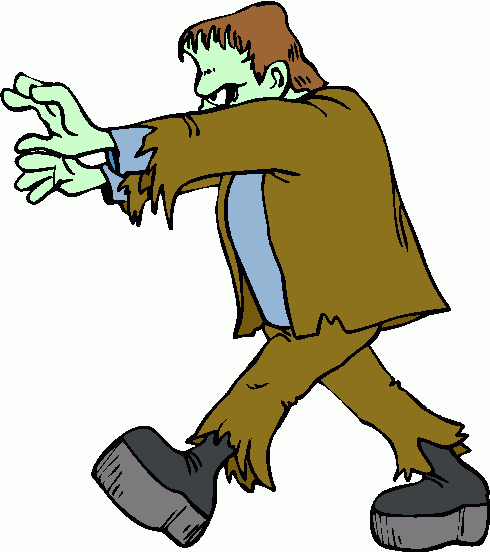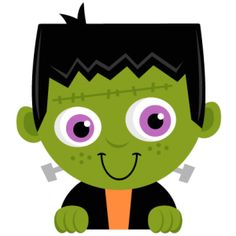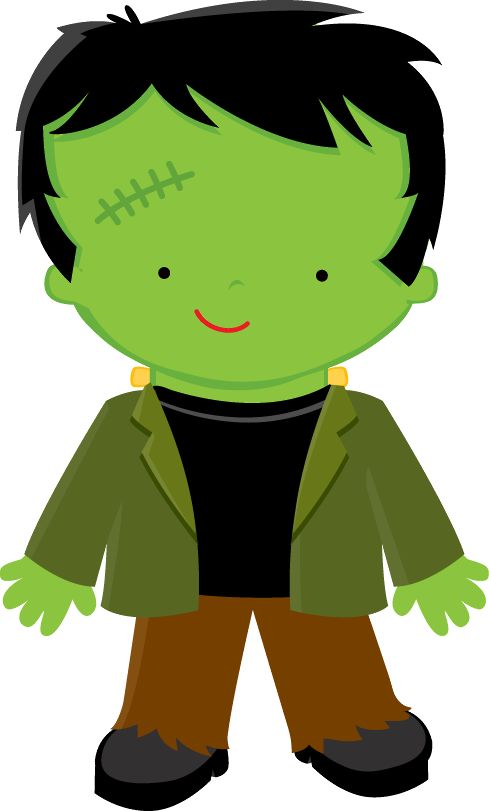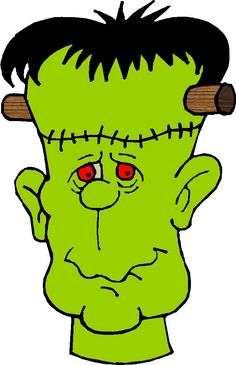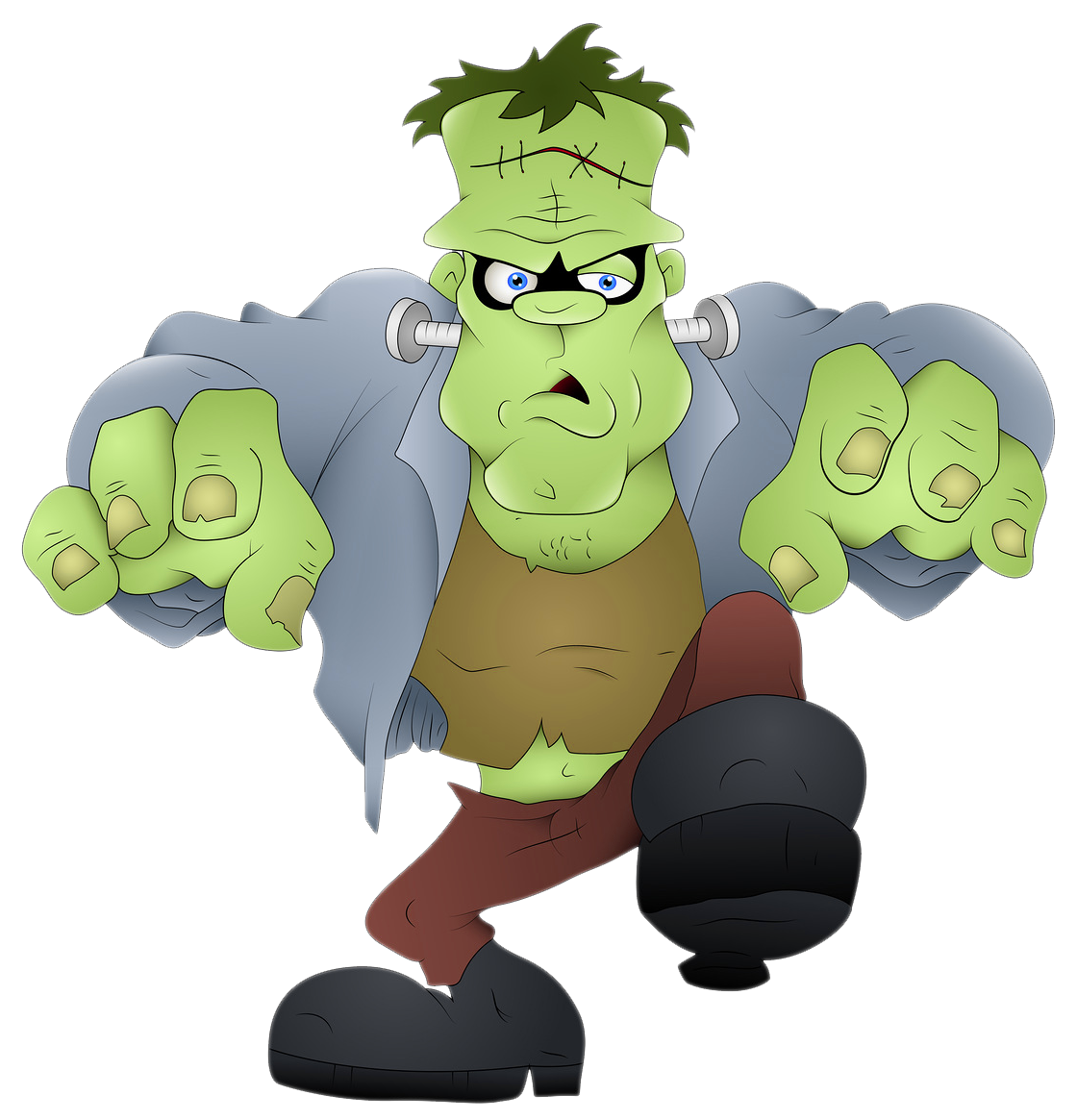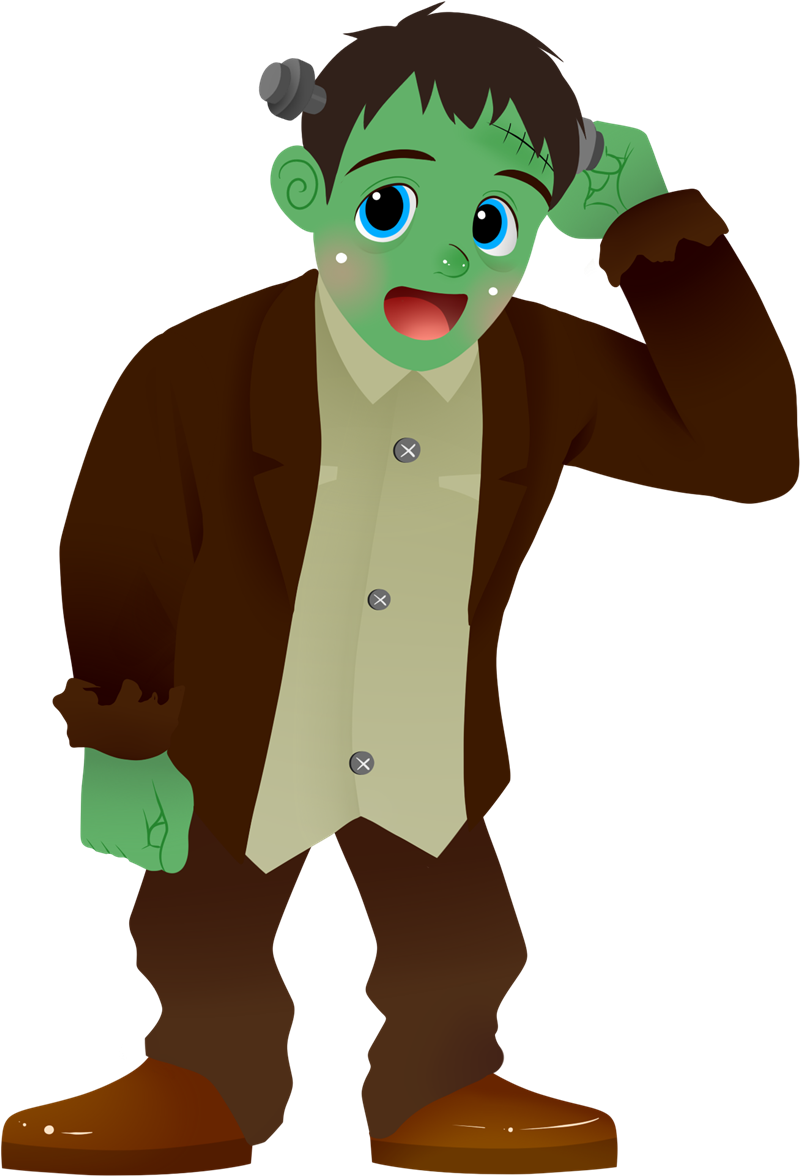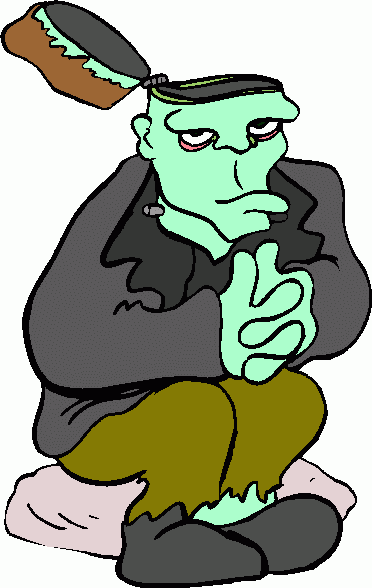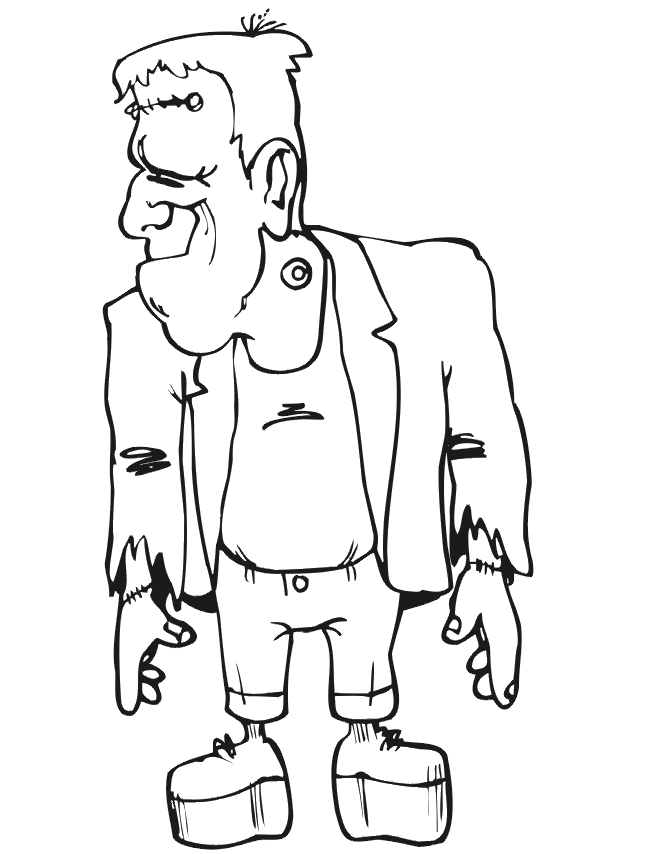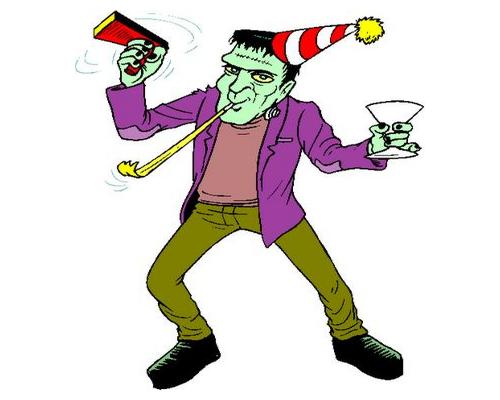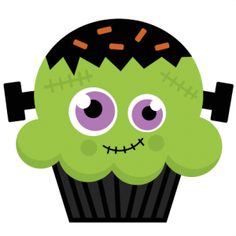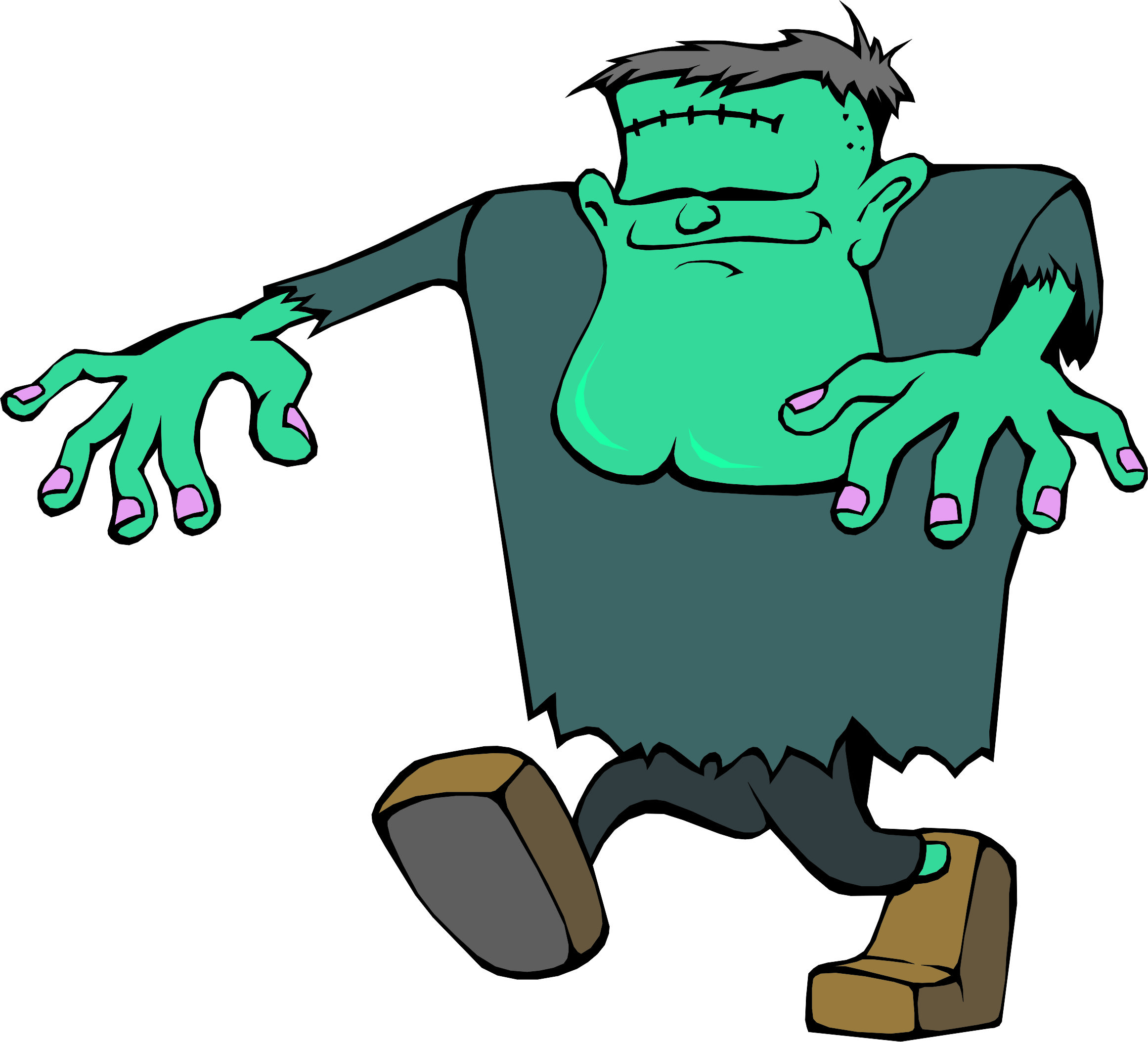Frankenstein Clipart
The story of Frankenstein is one of the most iconic horror and science-fiction stories ever told. The original 1818 novel by Mary Shelley told the story of Victor Frankenstein, a scientist who creates a monster by reanimating dead tissue. This classic tale has inspired countless films, books, and even visual imagery like clipart.
History of Frankenstein
Mary Shelley first conceived the idea for Frankenstein in 1816 while having storytelling competitions with friends like Lord Byron. At just 18 years old, Shelley crafted a story that delved into deeper themes about the danger of unchecked scientific ambition and the human capacity for cruelty. She published her novel anonymously in 1818 to critical acclaim and it gained more mainstream popularity as the 19th century continued.
Plot Summary
The outline of the Frankenstein story involves a scientist named Victor abandoning his family and friends to obsessively pursue the capability to imbue inanimate objects with life force. He pieces together a grotesque but sentient creature from corpse parts. Upon bringing his creation to life, Frankenstein is horrified by the monster’s appearance and the monster escapes. After learning language and philosophy but still being shunned by human society, the monster seeks revenge against his creator. In the end, Frankenstein dies from his sustained efforts to destroy the bitter creature he created.
Major Characters
The two central characters driving the tragic Frankenstein narrative are:
Victor Frankenstein – The protagonist and tragic scientist who illegitimately creates an intelligent but frightening creature. His ambition leads to ruin.
Frankenstein’s Monster – The creature created by Victor Frankenstein who is abandoned and seeks vengeance against his creator after being shunned by human society.
Key Themes
Some of the key themes that emerge from the iconic Frankenstein story include:
- Dangers of unrestrained ambition
- Humans can lack empathy and abuse that which is different
- Isolation and loneliness resulting from prejudice
- Playing god through advanced technology
- Struggles with responsibility for one’s creation
These complex themes are partly what has allowed the Frankenstein mythos to remain culturally relevant even 200 years later as technology progresses.
Legacy and Impact of Frankenstein
As one of the first and most resonant science fiction stories ever written, Frankenstein left a massive imprint on literature, film, and science as a field striving towards discovered new capabilities. Generations of storytellers in all mediums recast and reinterpret the Frankenstein myth, leading to over 1500 films, shows, and retellings by the early 2000s. The term “Frankenstein” itself became shorthand referring to dangerous or unethical experiments.
Adaptations of Frankenstein
Being in the public domain, Frankenstein has been freely adapted across different mediums. Early stage plays in the 1800s first brought the monster to life visually. Over 100 film adaptations have been created, notably the classic 1931 Frankenstein film starring Boris Karloff. More modern film versions like 1994’s Mary Shelley’s Frankenstein emphasized closer fidelity to the source material. Beyond direct adaptations, the characters and themes appear in derivative works like the Rocky Horror Picture Show.
Frankenstein in Popular Culture
The imagery of Frankenstein – especially the monster’s look with a square head, bolts in the neck, and green skin – has become nearly ubiquitous in global pop culture. The monster appears in children’s cartoons, memes, advertising, products like cereal, costumes, props, and more. The “Frankenstein” title is also given colloquially to cars and devices that seem haphazardly pieced together.
Frankenstein Clipart and Images
Parallel to its growth in broader popular culture, Frankenstein iconography gave rise to reusable clipart and stock imagery. Drawings and 3D renderings of the monster, lab equipment, and Frankenstein’s monster head are widely used especially around Halloween. These images appear in party flyers, kids activity sheets, greeting cards, banners, and assorted craft projects as a visual shorthand.
The Frankenstein legacy has only expanded across mediums since 1818 even as norms around science, ethics, and prejudice evolved across generations. The story remains compelling as a cautionary tale about humanity’s light and shadow sides. Both the text and imagery still feel fresh, relevant, and mythically resonant even today. From classic films to Halloween decorations, Frankenstein perseveres as an artistic touchstone.
In this page clipartix present 67 frankenstein clipart images free for designing activities. Lets download Frankenstein Clipart that you want to use for works or personal uses.
